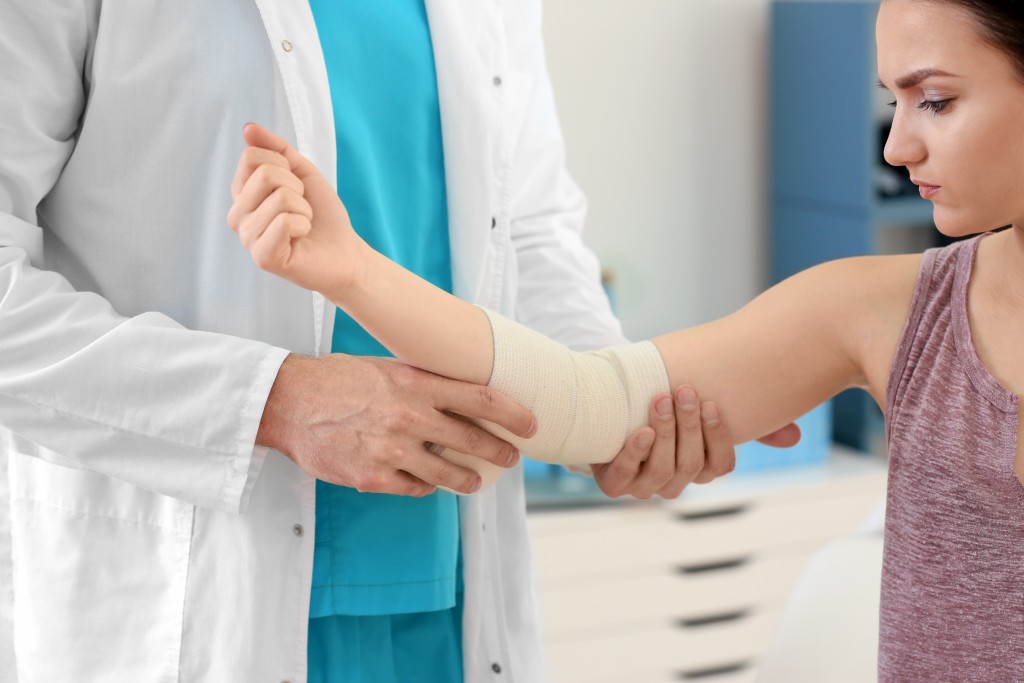You may wonder why orthopedics have become a major thing in college cities like Provo, where most of the population consists of young adults. But studies have actually shown that the college demographic is now one of the biggest groups affected by bone health. Here’s why you might need to take your teen to that trip to the orthopedic doctor before that thesis final.
Bone Density
Because of the diet and sleeping habits that young people have these days, bone density is affected not just during development stages but throughout adult life. Sleepless nights filled with stress, poor choices in the type of food one eats and even the amount of food being eaten, plus a lack of water in the body all contribute to poor nutritional values that end up affecting bone health. Lifestyle and physical activity in young adults mean that people are not reaching the maximum bone mass they could be getting, as this is still affected until the age of 30.
Topped with alcohol consumption in college universities, with survey participants showing that over 80% of students drink alcohol consistently, growth in bone mass is simply hindered. This may not seem like a problem, but many accidents and further health problems can be avoided with a healthy amount of bone density. Studies have shown that young adults these days have a higher tendency to have osteopenia between ages 20 to 30. The numbers show that almost half of adults may have this develop into osteoporosis and the rest are at higher risk after getting fractured.
Accidents

Whether you’re accident-prone or just an adrenaline junkie, getting hurt is a possibility that could result in a multitude of bone injuries. It ranges from small fractures and dislocations to bigger problems that need more rehabilitation. Even strains and sprains account for a more physical lifestyle. This also goes beyond the more obvious people at risk like athletes and wilder personalities. Those who live sedentary lifestyles (thanks to the internet, gaming and binge streaming) have a higher likelihood to injure or overextend themselves when they do end up engaging in physical activity. A study even shows that broken bones are among the most common orthopedic problems, with around 6.8 million a year getting medical attention.
Vitamin Deficiency
A lot of college students are actually malnourished, whether they are underweight or overweight. This is because their exposure to the outdoors is limited and their eating habits result in a lack of calcium and vitamin D. These deficiencies are more prevalent than one might initially think, with reports showing that at least 25% of students lose bone strength and mass early because of these factors.
This can lead to other problems and risk factors that work hand in hand with developed behaviors, affecting posture, mobility, and even durability. So on top of adding risk factors, this decreased health actually makes it harder as well to heal if one does actually get injured. For proper healing, one needs sufficient stabilization and tissue formation. If that is to be accomplished by the body well, it needs the proper nutrients to function.
So at the end of the day, you don’t need to wait for a big problem before taking a trip to the orthopedic doctor’s clinic. Just finding out how your bones are and how you can improve their health can basically make life easier for you in the long run, especially if you’ve already neglected them before.
